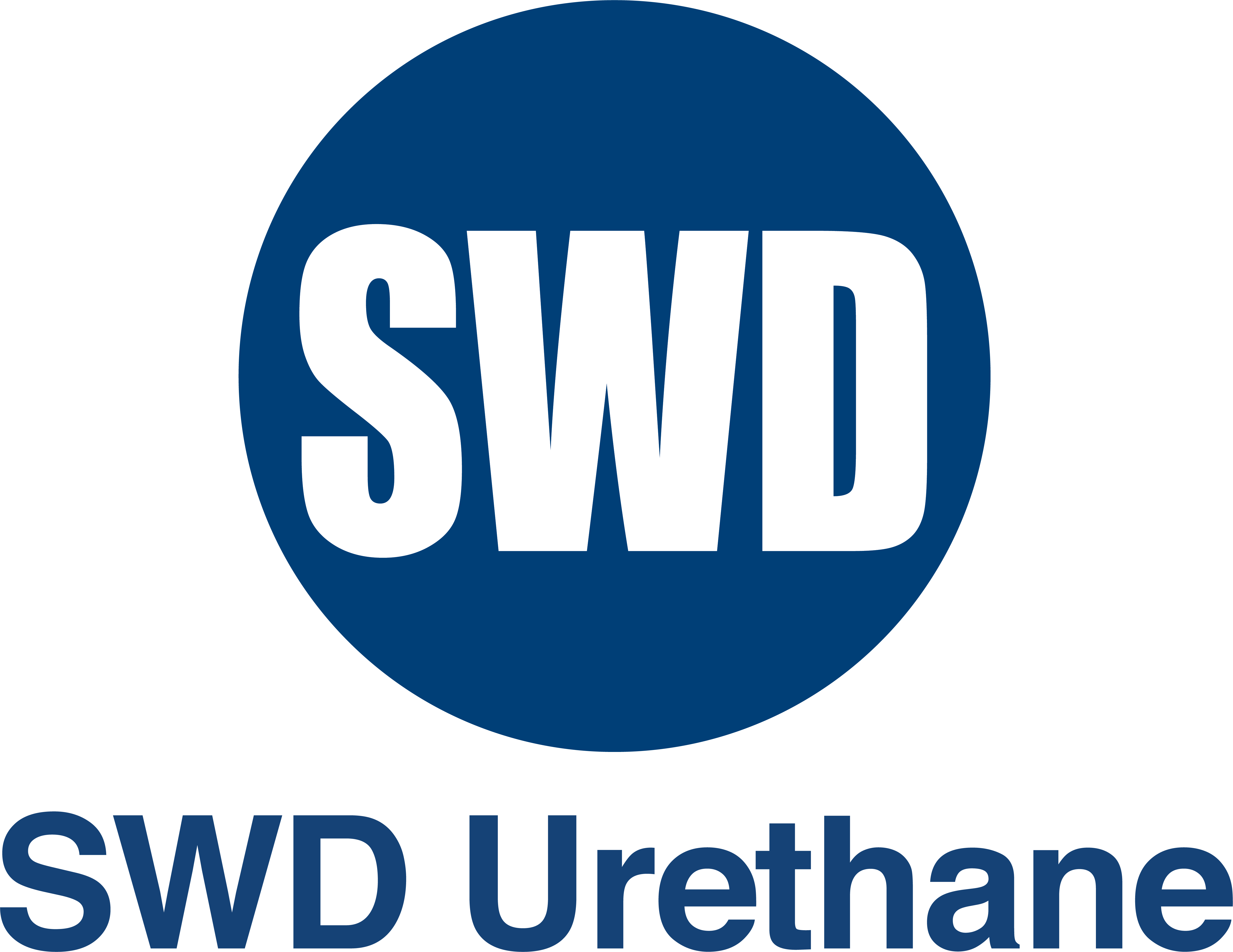There are many ways to keep your house in top shape—regular maintenance of appliances and a commitment to landscaping are just a few. One thing that can really help your home’s energy efficiency and resale value, though, is staying on top of its insulation needs. Insulation is one of the easiest ways to ensure your home’s HVAC system is working as it should and that your loved ones are warm in the winter and cool in the summer. Their comfort is paramount, and your insulation choice is a big part of that. With this in mind, there are a few things you’ll want to understand about foam and fiberglass insulation in Northern California.
What is fiberglass insulation?
Those traditional pink rolls are probably what many people picture when they think of fiberglass insulation, but it also comes as blown-in loose fill (which is less common). Those large pink rolls of fiberglass insulation in Northern California are called “batts,” and they can cover a lot of space very easily.
However, you’ll want to work with a professional company like Ace Insulation Inc., because these need to be precision-cut to get around obstacles in your home (picture the ductwork in your attic, for example). If these are cut too short, you’ll have gaps that air can easily pass through, while if you cut them too long, the insulation piles and has irregular compression all around—also bad news for your heating and cooling bills!
What is spray foam insulation?
The other popular product that we tend to install the most is spray foam insulation in Northern California. It comes out of spray cans as a liquid, but quickly expands to cover any cracks or openings. It can be “open cell,” which is softer and more pliable because the “cells” of air made by the expanding foam are not fully enclosed, or “closed cell,” which is more rigid because it doesn’t allow any air into its cells at all. As one might guess, closed cell is generally the better insulator.
Spray foam insulation is a great choice for many business owners and homeowners, but it’s a relatively new product that is costly to manufacture and still has a heavier price tag than some people are willing to pay.
The verdict
Spray foam insulation is going to give you an efficiency that really can’t be matched by fiberglass insulation in Northern California, but you’re likely going to pay for that level of quality. On the other hand, fiberglass insulation can last for an extremely long time—it’s not uncommon for this traditional type to last for a century in many homes we work in. Additionally, foam insulation has the drawback of sometimes shrinking over time, meaning it could require occasional touch-up jobs to make sure its coverage is maxed out.
In general, either insulation product has its strengths and weaknesses. At Ace Insulation Inc., we install both in many homes and businesses each year, and a lot of it comes down to what a property owner is looking for and what they’re comfortable spending. Call us today and let’s make a plan together!


